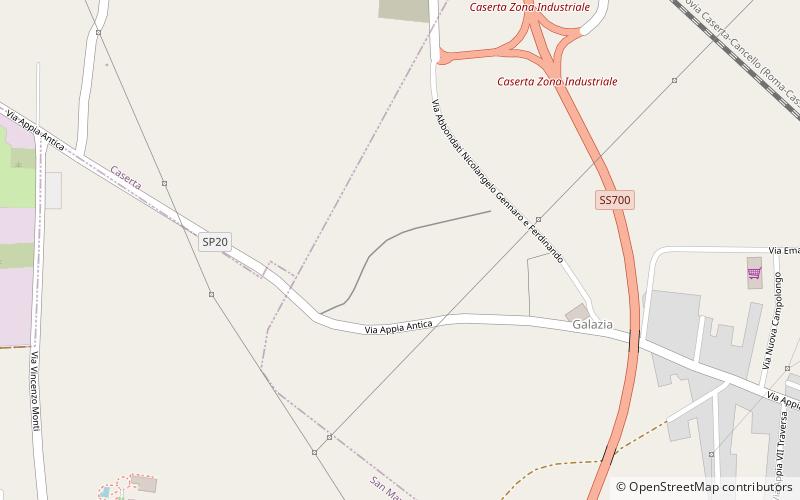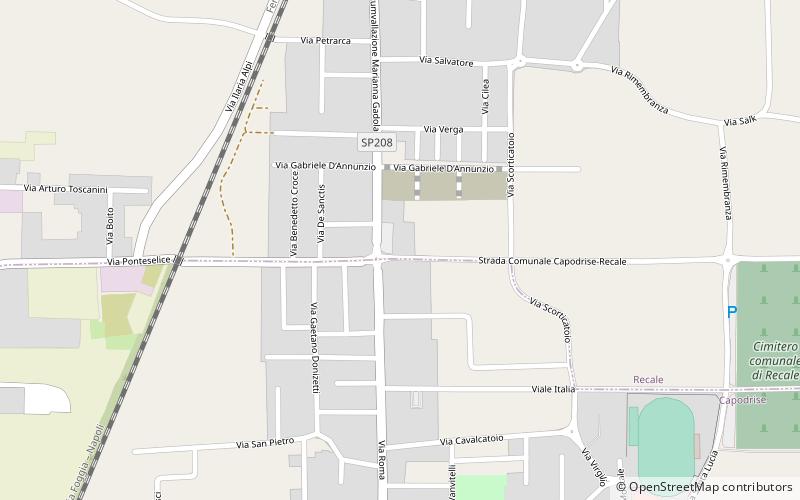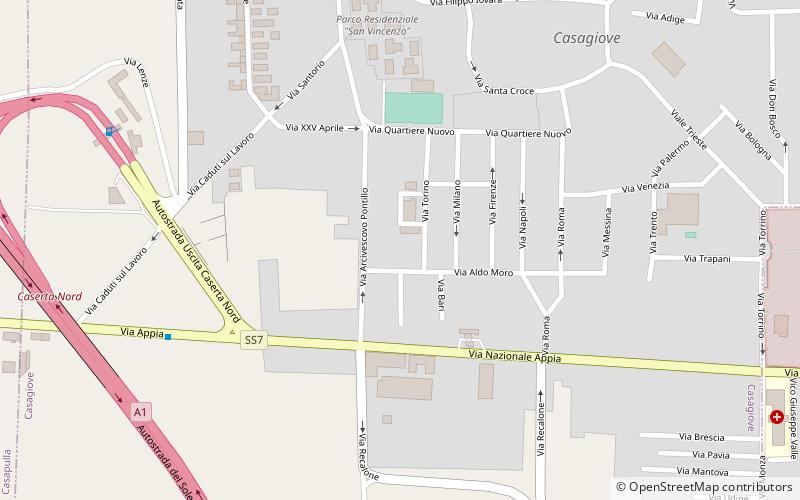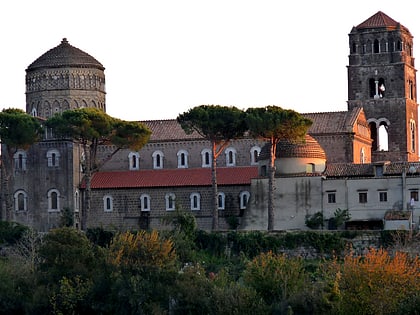Aqueduct of Vanvitelli
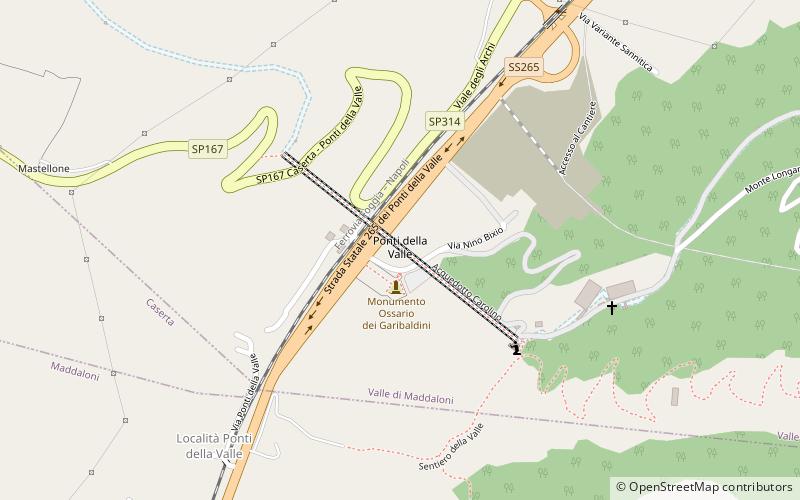

Facts and practical information
The Aqueduct of Vanvitelli, a remarkable feat of engineering, stands as a testament to the grandeur of 18th-century architecture in Italy. Constructed to supply water to the Royal Palace of Caserta and its sprawling gardens, the aqueduct was also designed to irrigate the fertile plains surrounding the area. This monumental work was conceived by Luigi Vanvitelli, from whom it derives its name, and construction began in 1753 under the reign of King Charles VII of Naples.
Spanning an impressive length of 38 kilometers, the aqueduct crosses valleys and hills in the Campania region, employing a series of arches that have become iconic in the landscape. The most visually striking section, the "Carolino Bridge," features a double row of 67 arches, with the tallest reaching 55 meters in height. This bridge alone stretches over 529 meters and is often the centerpiece in photographs and paintings that capture the essence of the aqueduct's grand scale.
The Aqueduct of Vanvitelli not only served a practical purpose but also represented the power and ambition of the Bourbon monarchy. Its construction was an engineering marvel of its time, utilizing the principles of hydraulics to transport water over considerable distances without the need for pumps, relying solely on gravity.
Campania
Aqueduct of Vanvitelli – popular in the area (distance from the attraction)
Nearby attractions include: Reggia di Caserta, Calatia, San Leucio, Capodrise.


